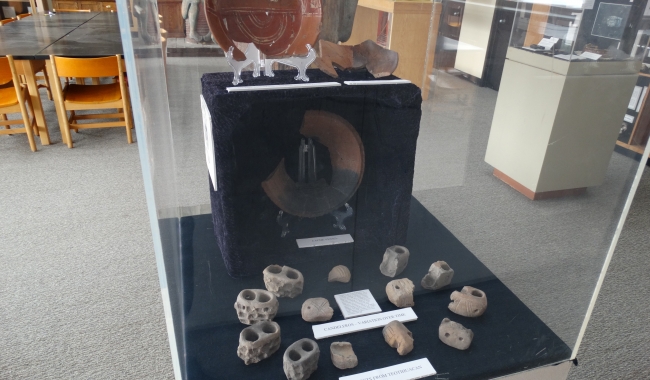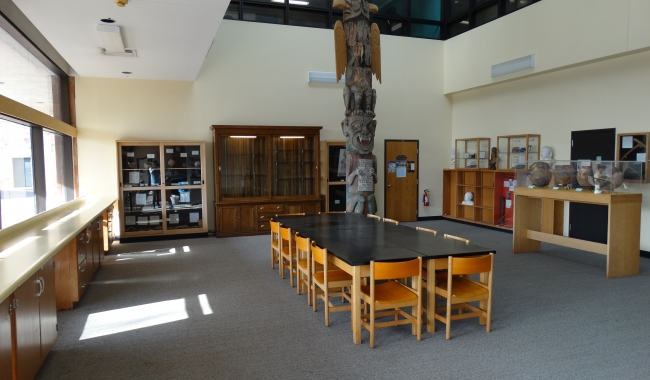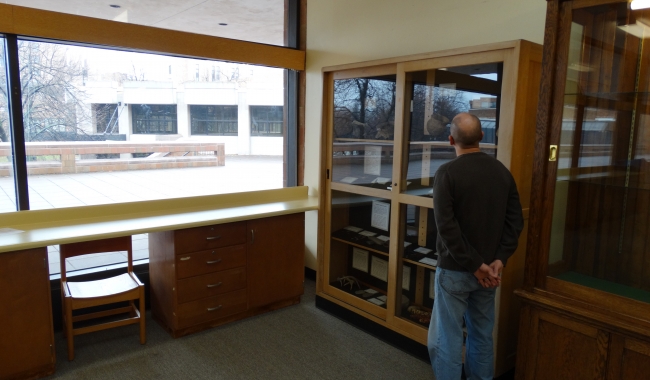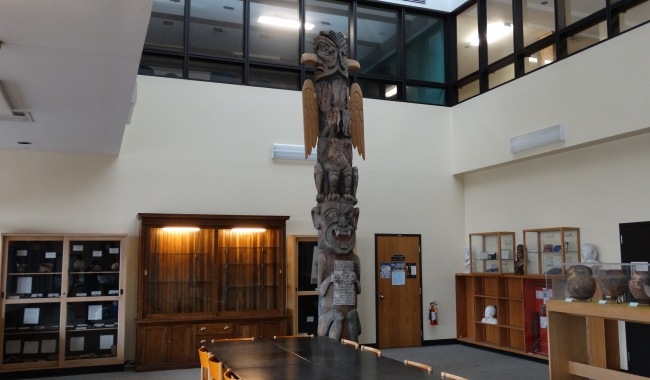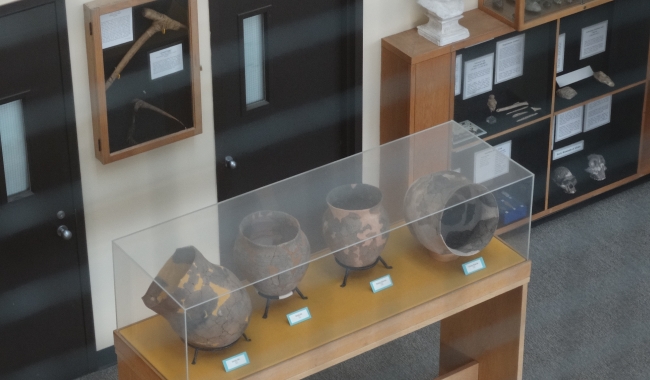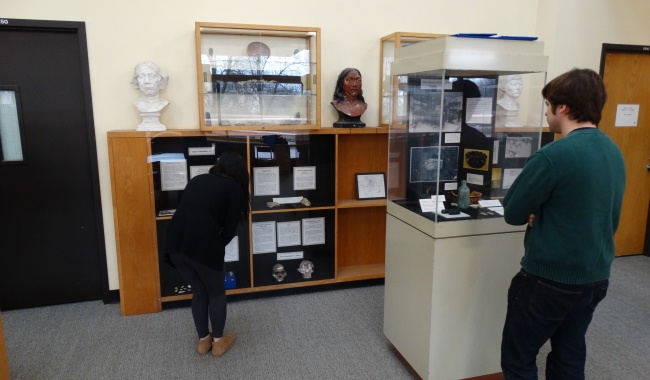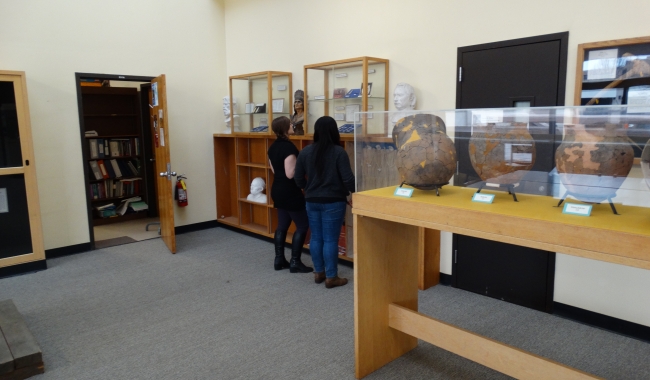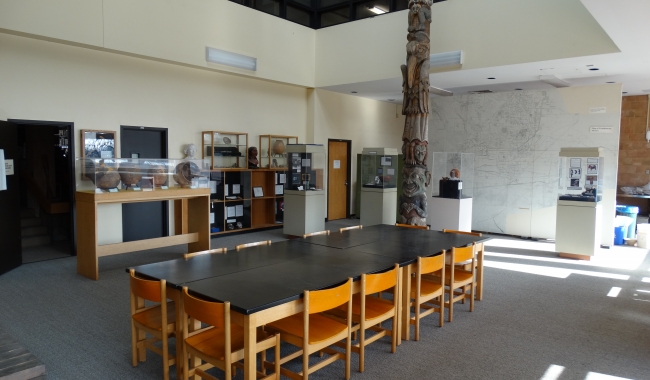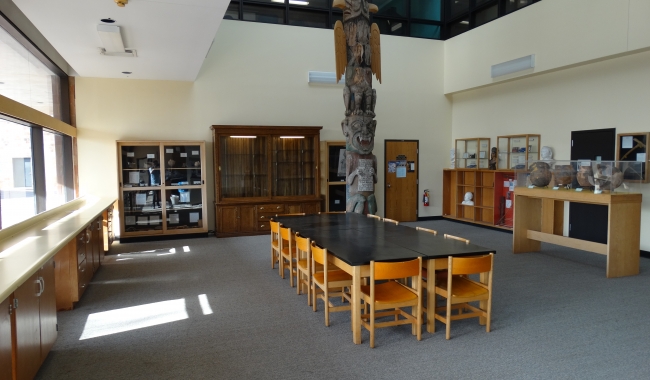The Marian E. White Anthropology Research Museum
The Anthropology Research Museum houses collections of North American archaeology including ceramics, lithic (stone) and bone artifacts, in addition to a modest collection of ethnographic and biological materials. Associated with the Museum is a non-circulating library (Anthropology Library). Although the Museum was formally opened to the public in 1979, the idea for the Museum dates back to the 1960’s when the late Dr. Marian White (1921-1975), a well-known archaeologist in New York State and professor of anthropology at UB, laid the groundwork for establishing a departmental museum. Professors Warren Barbour, Sarunas Milisauskas, and Stuart Scott further contributed to the development of the Museum.
White excavated extensively in the Niagara Frontier region of Ontario and New York State for close to two decades, concentrating her research on Iroquois agriculture, warfare, and settlement patterns. White was also extremely active out of the field, and helped organize our graduate program in anthropology, the New York State Archaeological Council, and the UB Archaeological Survey. As a result of the work that she directed, and the continued efforts of UB Archaeological Survey in Western New York, the collections in the museum are now one of the most complete of the extant collections of prehistoric artifacts and site records in this area. The collections have been further enriched by UB field schools, including one at Old Fort Niagara, and by private donors who have made significant contributions of more exotic collections to the Anthropology Research Museum.
Over ninety five percent of the Museum’s North American collection is from Western New York. These materials, from more than 1500 sites (approximately 1,000,000 artifacts), range in age from Late Woodland to historic period (A.D. 700-1700s). A smaller number of North American artifacts are from earlier periods of occupation, as early as Archaic (7000 B.C.). Some artifacts represent groups referred to by archaeologists as the Neutral, Wenro, Erie, and Seneca. The Seneca are the only contemporary Native American group, and they claim lineal relationship to the other groups.
The Museum’s purpose is to continue its established functions such as processing and storing the extensive archaeological collections, providing research materials for various projects (i.e. theses, dissertations), and supplying requests for teaching demonstrations. Since the passage of the Native American Graves Protection and Repatriation Act (NAGPRA) by the United States Congress in 1990, the Museum has had official dealings with several Native American groups as well.
